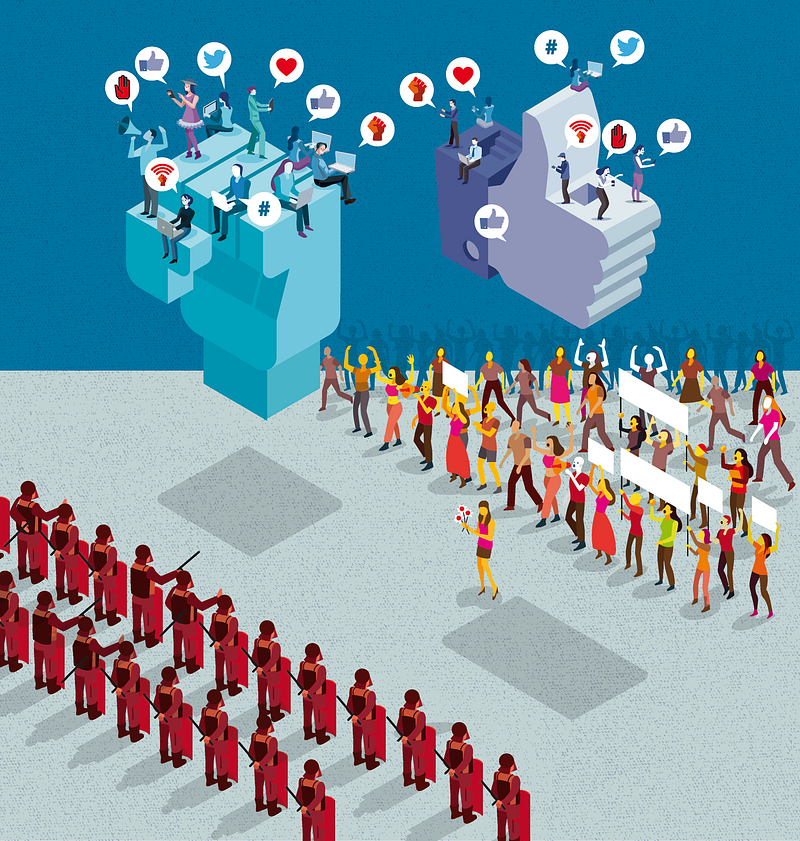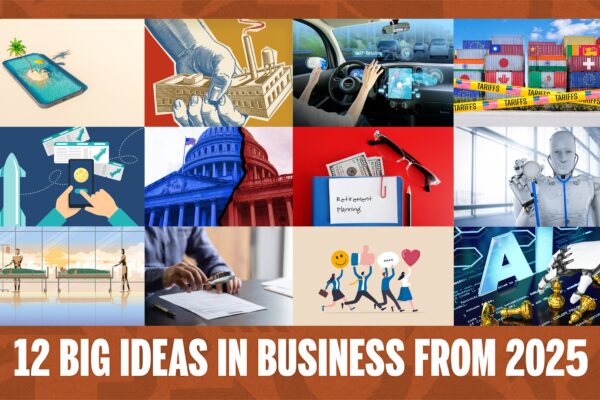Digital Activism
Award-winning research examines how shaking up tactics led to more online engagement for advocacy groups.

A few years ago, Amnesty International’s Swedish affiliate knew it had a problem. Although it had a digital and social media presence, its most dedicated supporters had declined in numbers over the previous decade. At the same time, while social media had the potential to reach millions of people, the strategies AI had come to rely on, such as petitioning and letter-writing campaigns, weren’t successful online. There, engagement was transient, and AI’s values — solidarity, effective action, and accuracy — were muddled.
The organization needed a digital transformation. But how?
“We already knew that organizations build massive support online through social media and other digital platforms, but that support is often transitory. We wanted to examine how a group’s core values can make those interactions stronger,” says Sirkka Jarvenpaa, professor in the Information, Risk, and Operations Management Department at the McCombs School of Business.
Together with University of Gothenburg co-author Lisen Selander, Jarvenpaa worked closely with Amnesty International’s Swedish affiliate in a multi-year study. They attended local meetings, protests, and rallies, interviewed employees, and also analyzed five years’ worth of the organization’s social media posts.
While it’s easy for people to quickly “like,” sign, and share an online petition, they often click away just as fast and don’t maintain any involvement.
“The problem for organizations like Amnesty International,” explains Jarvenpaa, “is that if supporters don’t feel tied to the larger group, they’re likely to become disconnected.” That can lead to declining membership, fewer donations, and an inability to fight for the causes that brought everyone together in the first place.
In response, the Swedish AI team started to explore new digital action repertoires that would attract both digital and “traditional” members. This included not only experimenting with their social media but also developing new ways of mobilizing online and offline members. AI reported that this, along with other new strategic initiatives, led to a more engaged digital supporter base. Meanwhile, AI’s website and other digital content, over which the team had full control, was easier to share with a more engaged digital supporter base.
This research was published last year in MIS Quarterly and received the journal’s Paper of the Year Award.
From the Fall 2017 issue of McCombs, the magazine for alumni and friends of the McCombs School of Business. Full PDF
About this Post
Share:


